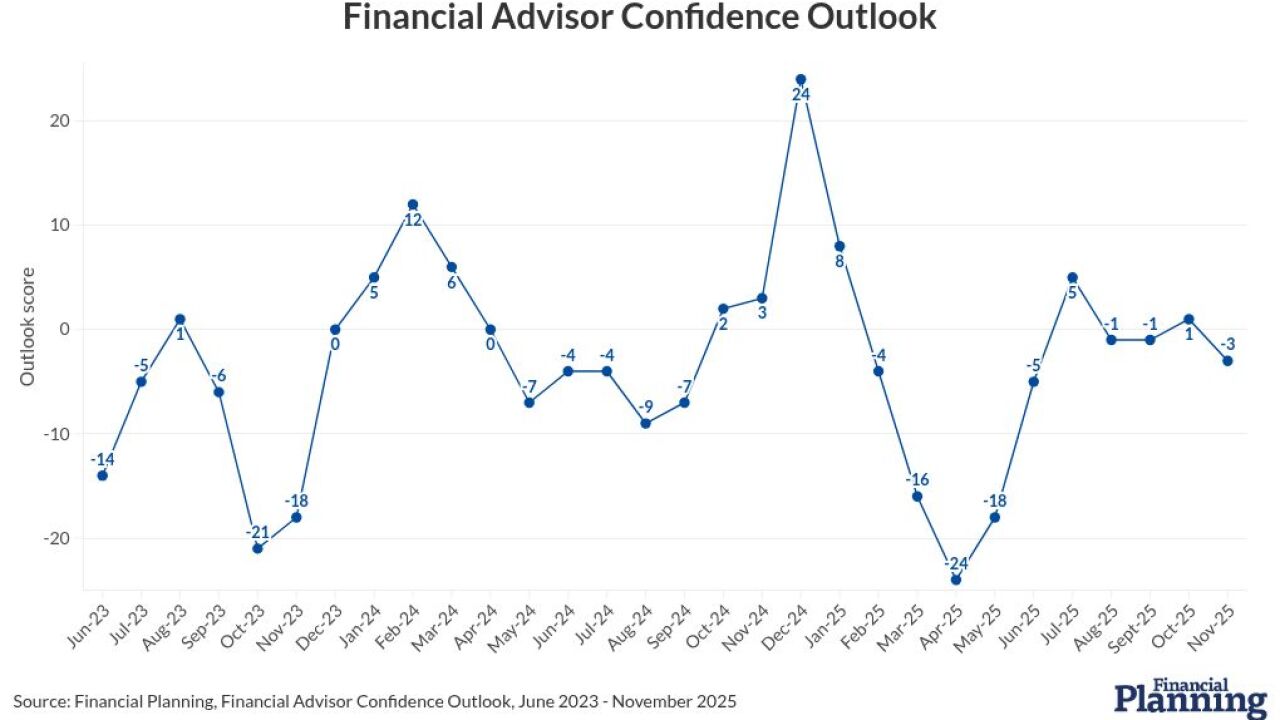The SEC's new rule liquidity rule, Rule 22e-4, lays out requirements for how open-end mutual funds and ETFs adopt and implement written liquidity risk management programs to safeguard fund investors.
Most funds will have to implement these liquidity risk management program requirements by Dec. 1, 2018, while fund complexes with less than a $1 billion in net assets have until June 1, 2019 to comply, according to the SEC.
SEC-registered open-end funds have long been held to liquidity guidelines under the Investment Company Act, which limits the amount of illiquid assets they may hold to not more than 15%. Aspects of Rule 22e-4 are new, however, including the requirement to implement a formalized liquidity risk management program, which must feature the following elements:
- Assessment, management, and periodic review of a fund's liquidity risk
- Classification of the liquidity of fund portfolio investments
- Determination of a highly liquid investment minimum
- Limitations on illiquid investments
- Board oversight and approval
ASSESS AND CLASSIFY
The rule requires new open-end fund liquidity disclosures. Registered investment companies must now file a monthly portfolio reporting form, Form N-PORT, and a new annual reporting form, Form N-CEN, that will require census-type information be reported in a structured data format, allowing regulators and the public to more easily analyze the information.
Under Rule 22e-4, the SEC has also mandated that funds offer greater visibility into their redemption practices to help ensure that firms can meet redemption obligations, even during times of market volatility, without diluting shareholder value. Indeed, redeemability is the first word in the introduction of the SEC's published final rule: "Redeemability is a defining feature of open-end investment companies."
Funds must assess and classify liquidity risk under normal and stressed conditions. Although position classifications need not be publicized, funds must disclose aggregate liquidity information. Funds must report confidentially to the SEC if they exceed the 15% illiquidity threshold, or if highly liquid assets fall below the required minimum for over seven days.
ETFs are treated differently from other funds based on ETF-specific risk factors. For instance, so-called in-kind ETFs, which process redemptions by distributing assets to redeemers in-kind with minimal cash, are exempt from the liquidity classification requirement because of their relative transparency.
Regulators have implemented Rule 22e-4 In light of past liquidity-related market events in which mutual fund and ETF investors were unable to exit positions quickly during periods of volatility, such as the so-called Flash crashes of 2010 and the 2015.
Corrections such as these reveal dislocations that can occur between exchange trading at the fund level, and trading that fund investment companies themselves do on the underlying securities. This is particularly true for less liquid instruments, such as emerging market or high yield bonds, whose assets trade relatively thinly. For instance, a mere 15 to 20% of corporate bonds are traded transparently via electronic markets. The rest are commonly traded via online messaging and phone calls.
HIGH STAKES
Market observers cite market forces that could retest fund liquidity and risk management preparedness, including interest rate-sensitive bond markets, instability in global markets, and fraudulent trading practices, all of which have been linked to liquidity crises in the past.
The flash crash of 2010 and again the 2015 correction linked to overseas markets. show that funds are susceptible to liquidity risk under the right circumstances and in the absence of risk management controls, such as the new Liquidity Rule.
Given massive inflows into mutual funds and ETFs in recent years, the stakes are remarkably high. According to Cambridge, Massachusetts-based research firm EPFR Global, actively managed funds saw net outflows of $503 billion worldwide in 2016 while passive ETFs gained $330 billion in assets.
The year before, passive ETFs similarly drew $277 billion while actively managed funds saw outflows of $356 billion. Passively managed investment vehicles continue to attract capital fueled in part by retirement holdings that increasingly have shunned higher fees associated with actively managed strategies.
WELL-TIMED RULE
Thus, Rule 22e-4 is well timed, considering the value of investor assets at stake. In light of the rule, investment company managers may need to manage their funds differently, a strategic shift that could impact performance. Depending on fund concentrations, for instance, managers may need to rebalance less liquid investments, such as small cap or emerging market securities, focusing on fundamental investment returns over higher risk, potentially higher long-term returns.
Nonetheless, compliance and investment professionals concede the SEC's new Liquidity Rule could prevent another crisis by ensuring that funds implement a sound liquidity risk management program that is regularly reviewed and enforced. A fund's board must review, at least annually, a written report on the adequacy of the program and the effectiveness of its implementation. The board must also approve the program and designate a qualified compliance professional to administer it.
Ann Marie Swanson is a director at Alaric Compliance Services





